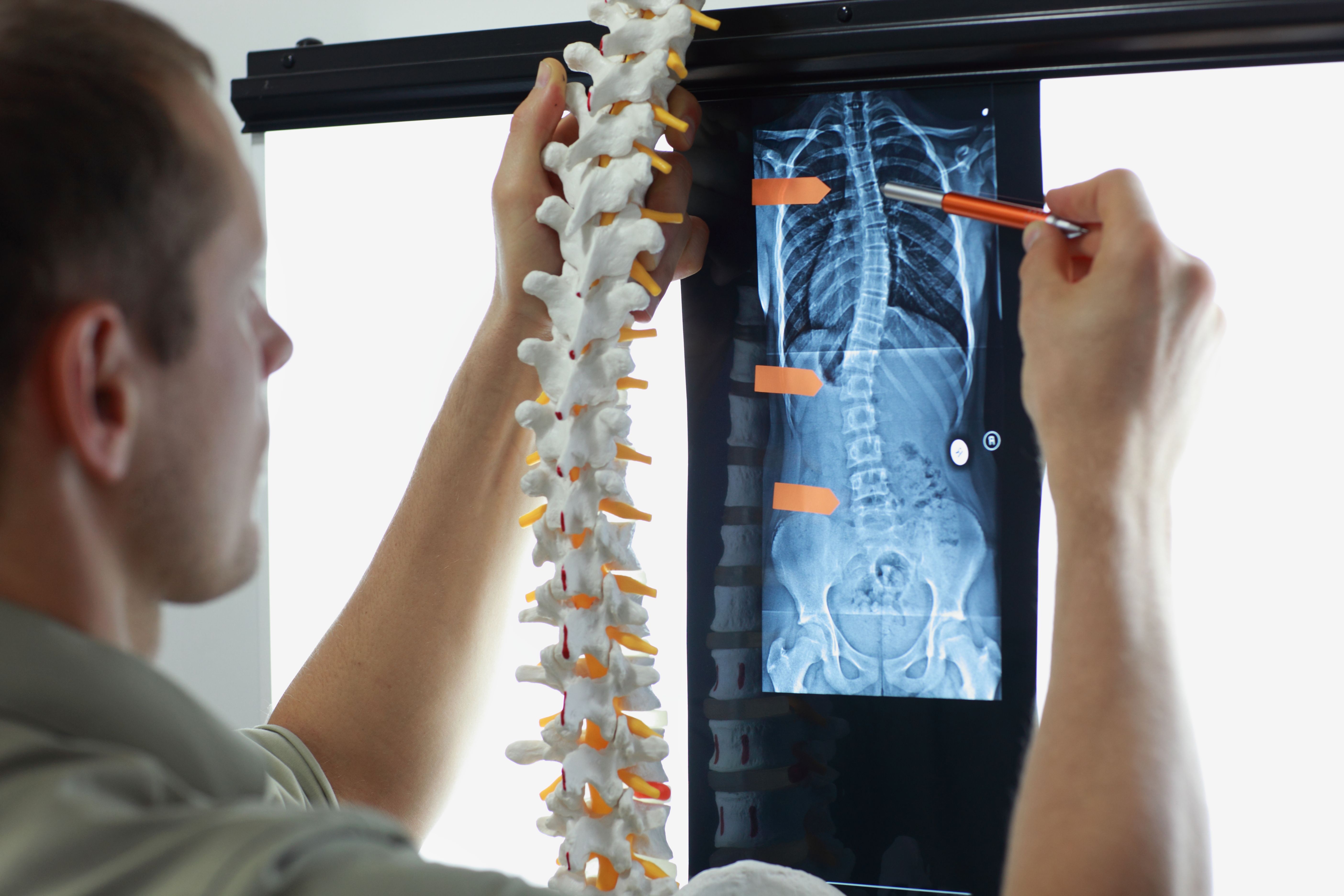Article
Men, Not Women with Diabetes May Have Higher Chronic Lower Back Pain Risk
Author(s):
Men with diabetes may have a higher risk of experiencing chronic lower back pain, say researchers writing in BMJ Open this month.
(©Endostock, AdobeStock.com)

Men with diabetes may have a higher risk of experiencing chronic lower back pain, say researchers writing in BMJ Open this month.
People with diabetes are often affected by lower back pain, but whether diabetes represents a risk factor for back pain has not been studied in detail. Previous studies have suggested a relationship between increased blood glucose levels and lower back pain, and that lumbar spinal stenosis may be associated with diabetes. While the two conditions have important risk factors in common, including being overweight and obesity, physical inactivity and smoking, few epidemiological studies have looked at relations between diabetes and back pain.
The aim of this prospective study with an 11-yesr follow-up period was to explore relationships between diabetes and risk of chronic lower back pain, defined as lasting more than three months, in a Norwegian population, adjusting for body mass index, physical activity and smoking. The participants, were aged 30–69 years.
In 6,802 participants without lower back pain at baseline, an increased risk of chronic lower back pain was found in men with diabetes, (relative risk (RR) 1.43, 95% CI 1.04 to 1.96, p=0.043) but no association between the two conditions was found in women (RR 1.01, 95% CI 0.69 to 1.48, p=0.98). Among 18,972 participants with chronic lower back pain at baseline, no association between diabetes and recurrence or persistence of chronic lower back pain after 11 years could be established in either sex.
“Diabetes is known to be associated with a number of complications and a higher risk of other diseases as polyneuropathy, kidney and cardiovascular diseases. The results of this study indicate that chronic lower back pain might be considered another candidate for this list of associated disorders in men,” wrote the authors, led by Ingrid Heuch, M.D., Ph.D., Oslo University Hospital in Norway.
“Our results only apply to the age interval of 30–69 years at baseline, and no statements can be made in connection with diabetes diagnosed from the age of 70 years,” the authors wrote.
While the researchers adjusted for body mass index, physical activity and smoking, they noted, “The possibility that other kinds of comorbidity may affect the association between diabetes and lower back pain cannot be excluded.”
REFERENCE
Ingrid Heuch, Ivar Heuch, Knut Hagen, et al. ”Does diabetes influence the probability of experiencing chronic low back pain? A population-based cohort study: the Nord-Trøndelag Health Study.”BMJ Open. Sept 12, 2019. doi: 10.1136/bmjopen-2019-031692


